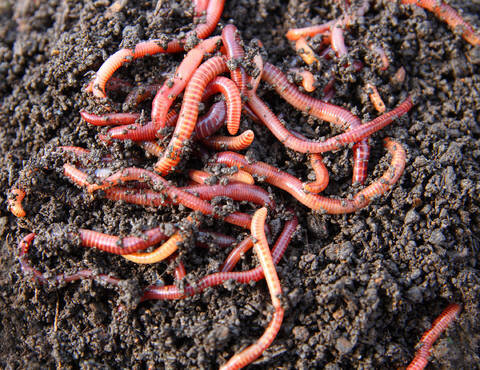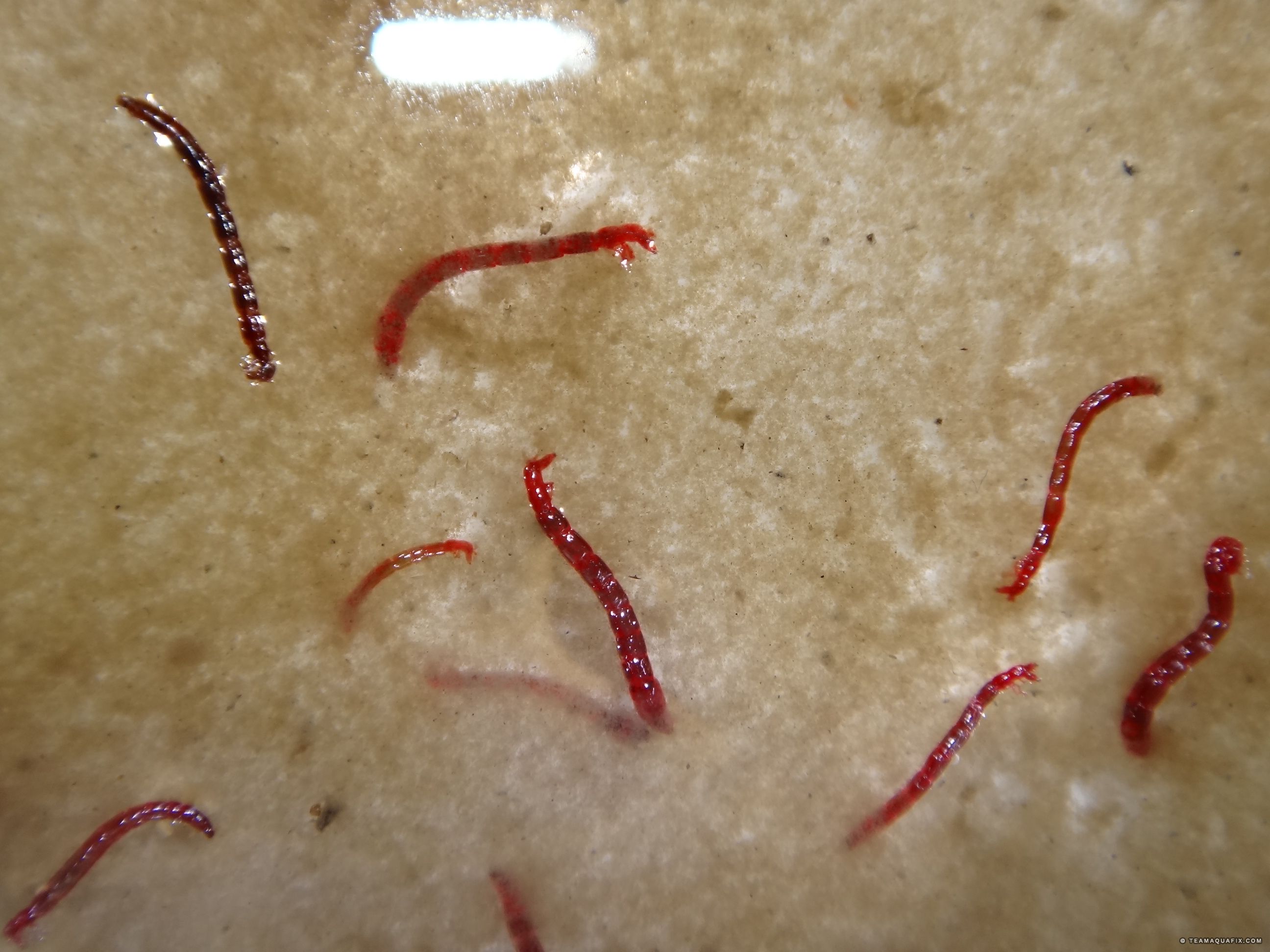Red Wigglers: Your Eco-Friendly Service for a Greener Yard
Red wigglers, or Eisenia fetida, offer a lasting strategy to enhancing garden health through vermicomposting. By integrating red wigglers right into your horticulture techniques, you can properly take care of waste while supporting a vibrant ecosystem.
(red wiggler worms near me)
What Are Red Wigglers?
Although usually incorrect for regular earthworms, red wigglers (Eisenia fetida) are a distinctive species known for their performance in composting natural issue. These worms prosper in rich, natural environments, such as compost heap and vermicomposting systems, where they play a critical function in damaging down waste. Unlike their more typical counterparts, red wigglers like a warmer habitat, commonly between 55 ° F and 77 ° F, which optimizes their activity and efficiency.
Red wigglers are identified by their reddish-brown coloration and fractional bodies, which can grow up to four inches in size. They possess a special ability to take in and absorb organic materials at an impressive rate, refining up to half their body weight daily. This fast disintegration process not only improves the soil however additionally adds to the general health and wellness of the garden community.
In regards to reproduction, red wigglers are prolific, with the ability of generating cocoons that contain several eggs. This enables for fast populace growth, making them an optimal selection for composting endeavors. Their versatility and voracious hunger for organic waste placement red wigglers as a vital ally for environmentally conscious gardeners seeking sustainable methods.
Advantages of Making Use Of Red Wigglers
Making use of red wigglers in the yard supplies many benefits that boost both dirt top quality and plant wellness. These earthworms are extraordinary decomposers, damaging down raw material such as kitchen area scraps and lawn waste right into nutrient-rich castings. These spreadings, frequently referred to as "worm gold," offer vital nutrients that enhance soil fertility, promoting vibrant plant growth.
Red wigglers also boost soil structure. The visibility of red wigglers enhances microbial activity in the dirt, creating a thriving ecological community that adds to disease resistance and boosted plant health and wellness.
Another substantial advantage of making use of red wigglers is their ability to lower waste. In summary, incorporating red wigglers right into gardening methods returns significant benefits, making them a useful enhancement to any eco-conscious garden.
(Lake Hickory Bait)
How to Start Vermicomposting
To start vermicomposting, it's important to produce an ideal environment for red wigglers to thrive, as their success straight influences the efficiency of the composting procedure. Start by choosing a container, such as a plastic or wooden bin, with sufficient drainage and air flow. A dimension of roughly 2 square feet is optimal for a home, allowing for a convenient worm population.
Following, prepare bed linen material that is wet yet not extremely wet. Shredded paper, cardboard, and coconut coir are exceptional choices, giving a comfortable habitat while likewise working as a carbon resource. Fill the container with 4 to 6 inches of bed linen.
After developing the bed linen, introduce your red wigglers. A normal starting populace has to do with 1 extra pound of worms, which can take in approximately half an extra pound of food scraps daily. It is vital to include food scraps gradually, concentrating on veggie peelings, fruit waste, and coffee grounds, while staying clear of meat, dairy products, and oily foods to avoid smells.
Maintaining a Healthy Worm Container
When your red wigglers are resolved into their new bed linen, preserving a healthy and balanced worm container becomes critical to make sure optimum composting conditions. Preferably, the worm container should be kept moist however not soggy; a humidity level around 60-70% is ideal.
Temperature control is equally important. Red wigglers thrive in settings between 55 ° F and 77 ° F(13 ° C to 25 ° C) Stay clear of exposing the container to extreme temperatures; severe heat can kill the worms, while extreme cold can slow their task.
Oygenation is vital to prevent anaerobic conditions, which can result in undesirable odors and harm the worms. Turn the bedding gently every couple of weeks to promote airflow and disperse food uniformly.
Feeding your red wigglers is another critical facet. Offer a balanced diet regimen of kitchen area scraps, avoiding citrus and spicy foods, which can be detrimental to their wellness. By on a regular basis keeping an eye on these elements, you can ensure a growing environment within your worm bin.

Tips for Using Worm Castings
Consistently integrating worm spreadings into your garden can significantly improve dirt health and plant growth. To properly utilize worm castings, start by determining the suitable application price, which typically ranges from 10-20% of the overall soil quantity. This makes certain optimal nutrient accessibility without frustrating your plants.
When using worm spreadings, blend them right into the leading couple of inches of dirt around well-known plants or include them right into your seed-starting mix for brand-new seed startings. In addition, consider creating a worm tea by soaking worm spreadings in water for 24-48 hours.

Final Thought
The usage of red wigglers in horticulture practices provides a lasting approach to lose management and soil enrichment. The combination of red wigglers right into gardening routines inevitably sustains both ecological equilibrium and agricultural productivity. red informative post worms.